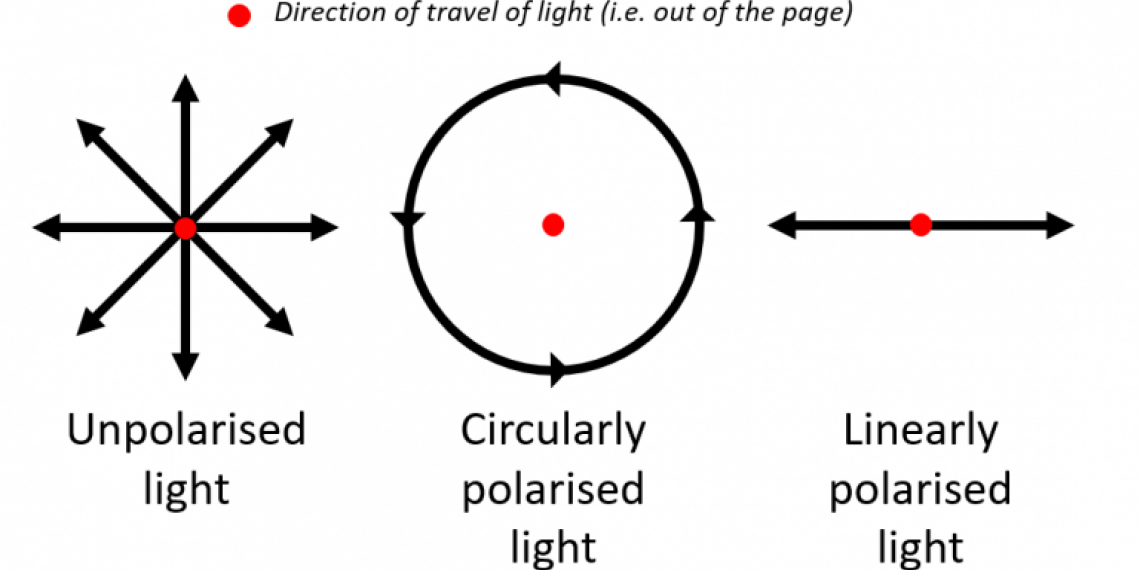
For certain molecules and samples, “normal” Raman spectroscopic data can be enhanced by controlling the polarisation of light exciting the sample, and of light scattering from it. Analysis of Raman spectra gathered using this technique can provide information about the molecular structure of a sample, including the symmetry of its vibrational modes, as well as information about highly-ordered samples, such as crystals, polymers, and carbon materials.
The RM5 Raman Microscope can be equipped with fully computer-controlled polarisation optics to allow the user to easily collect and analyse spectra and maps in multiple polarised configurations. This data can be gathered from features <1 µm, thanks to the truly confocal pinhole in the RM5.
This technical note will introduce some basic theory about polarisation of light and polarised Raman spectroscopy, before demonstrating different types of samples the RM5 can analyse using this technique.

